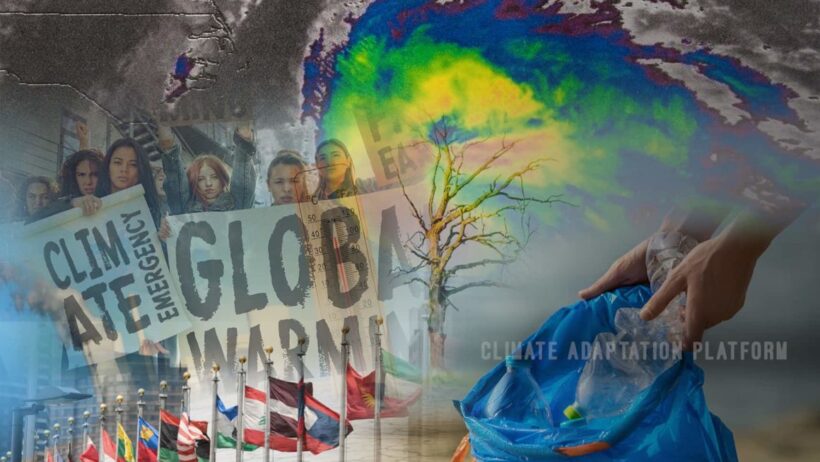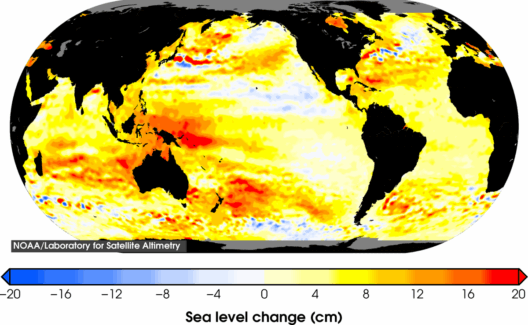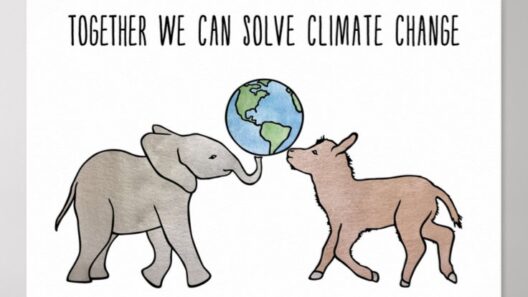Climate change has emerged as one of the most formidable challenges of our time, threatening the intricate tapestry of our planet’s ecosystems and the very fabric of human existence. As temperatures rise, sea levels swell, and weather patterns become erratic, the imperative for countries worldwide to intensify their climate action cannot be overstated. Herein lies a clarion call for a multifaceted and judicious approach to mitigate the impacts of climate change, engendering a sustainable future for humanity and the myriad creatures with whom we share this Earth.
In recognizing that climate change is not an isolated issue but rather an intricate web woven through socio-economic, political, and environmental threads, countries must adopt a holistic stance. The path forward requires a blend of innovation, collaboration, and unwavering commitment, ensuring that every nation does its part in this collective endeavor.
The Great Climate Awakening: Understanding the Gravity of the Situation
Countries need to awaken from complacency. The reality is stark: climate change isn’t a distant threat; it invades today’s headlines and permeates everyday life. The Arctic ice caps are melting, storms are intensifying, and droughts are becoming more severe. This awakening must serve as a catalyst for decisive action. Nations must engage in understanding the multifarious aspects of climate change—its causes, consequences, and potential solutions—much like a sailor learning to navigate turbulent waters.
To comprehend the gravity of climate change, countries should invest in robust climate education. This engagement spans from grassroots community initiatives to higher educational institutions, fostering an informed citizenry that can advocate for change. As awareness grows, so does the urgency to implement effective policies and practices.
Creating a Nurturing Environment: Policy and Legislation
The role of policy cannot be overstated. Just as a garden needs care and cultivation, our policy landscape must be nurtured to produce fruitful results. Governments must enact stringent regulations targeting greenhouse gas emissions, incentivizing renewable energy, and fostering sustainable agricultural practices. These regulations ought to be both ambitious and achievable, transcending political and geographical boundaries.
Furthermore, countries should prioritize carbon pricing. Embracing mechanisms such as carbon taxes and cap-and-trade systems aligns economic incentives with environmental responsibility. By putting a price on carbon, nations can stimulate innovation and investment in cleaner alternatives, steering industries away from fossil fuels toward sustainable energy solutions.
International collaboration is vital in this policy landscape. Climate change is not confined by borders; thus, treaties like the Paris Agreement embody the collective acknowledgment that a unified approach is necessary. Countries must undertake the responsibility of adhering to their commitments, holding one another accountable, and sharing knowledge and technologies that can expedite sustainable transformation.
Harnessing the Winds of Change: Technological Innovation
As the sails of ships harness winds to travel vast oceans, so too must countries embrace technological advancements as they navigate the tumultuous waters of climate change. Investing in green technologies is essential, as innovations offer viable solutions to mitigate environmental degradation. Renewable energy sources such as solar, wind, and geothermal power can dramatically reduce reliance on fossil fuels.
Moreover, the advent of electric vehicles and advancements in battery storage technology heralds a revolution in transportation, paving the way for cleaner cities and reduced emissions. Countries must incentivize research and development while fostering public-private partnerships that spur innovation and scalability of these transformative technologies.
While the focus on renewable energy is paramount, it is also crucial to explore cutting-edge techniques such as carbon capture and storage. By extracting carbon dioxide emissions from the atmosphere and storing them underground, nations can work toward reversing the detrimental impacts of climate change. This approach requires cooperation and investment, propelling us toward a comprehensive climate solution.
Fostering Community Engagement: Grassroots Movements
However, policies and technologies alone will not suffice. Like a resilient tree’s roots that stabilize the soil, grassroots movements are integral in anchoring climate action within communities. Education and community involvement can empower individuals to take ownership of their environmental impact. Governments must support local initiatives that aim to reduce waste, promote conservation, and encourage sustainable living practices.
Community resilience is paramount. Countries should foster collaboration between local councils, businesses, and citizens, enabling a shared vision for sustainability. Initiatives such as community gardens, local clean-up drives, and urban reforestation projects not only serve to mitigate climate change but also enrich local biodiversity and enhance community bonds.
Ultimately, engaging in dialogues across all societal strata fosters a culture of sustainability. Open discussions about climate challenges and potential solutions can galvanize collective actions, transforming individuals from passive observers to active participants in this pressing crisis.
The Road Ahead: A Collective Responsibility
In summary, tackling climate change is akin to a symphony—each country plays a unique and critical role in harmonizing the response. From understanding the severity of the situation, crafting impactful policies, embracing new technologies, to empowering grassroots movements, every action contributes to the larger overture of climate solutions.
Countries must realize that addressing climate change is not merely an environmental issue; it is intertwined with social justice, economic stability, and public health. This fight must encompass all facets of society, recognizing that the implications of inaction will reverberate through generations.
Therefore, as we stand on this precipice of potential, it is essential that countries not only acknowledge their responsibilities but actively engage in the transformation required to avert environmental catastrophe. The call to action is now. The time for half-measures has passed; the future of our planet rests in the hands of nations willing to defy complacency and boldly chart a course toward sustainability.






